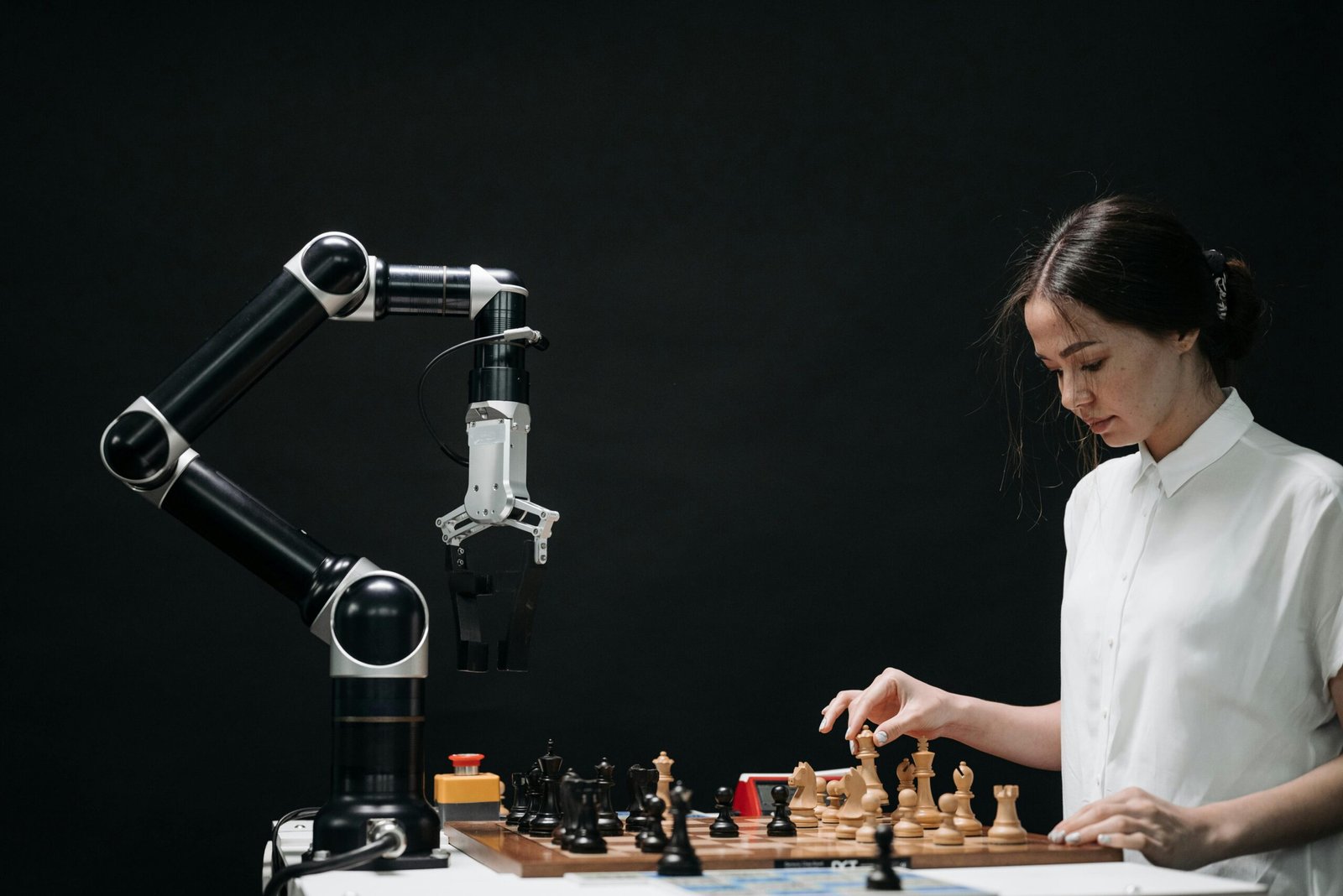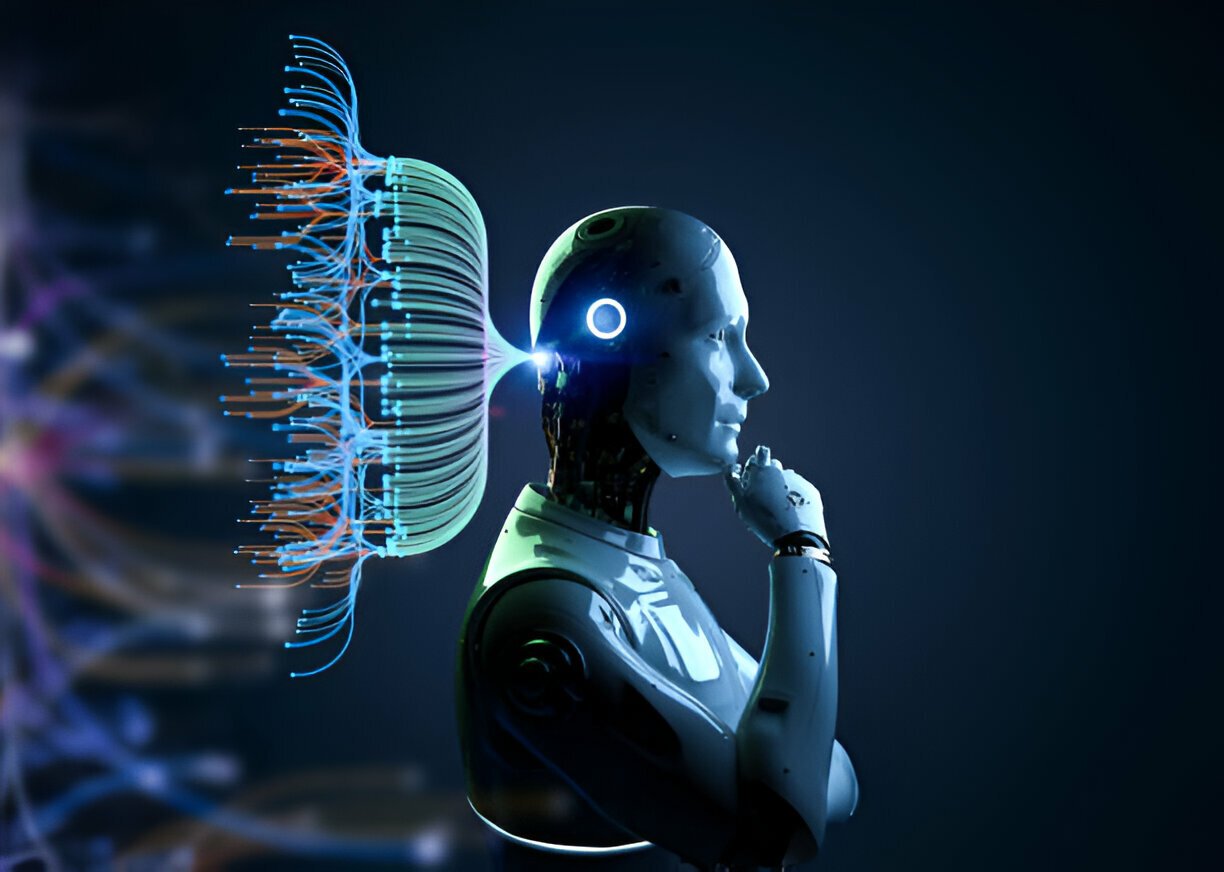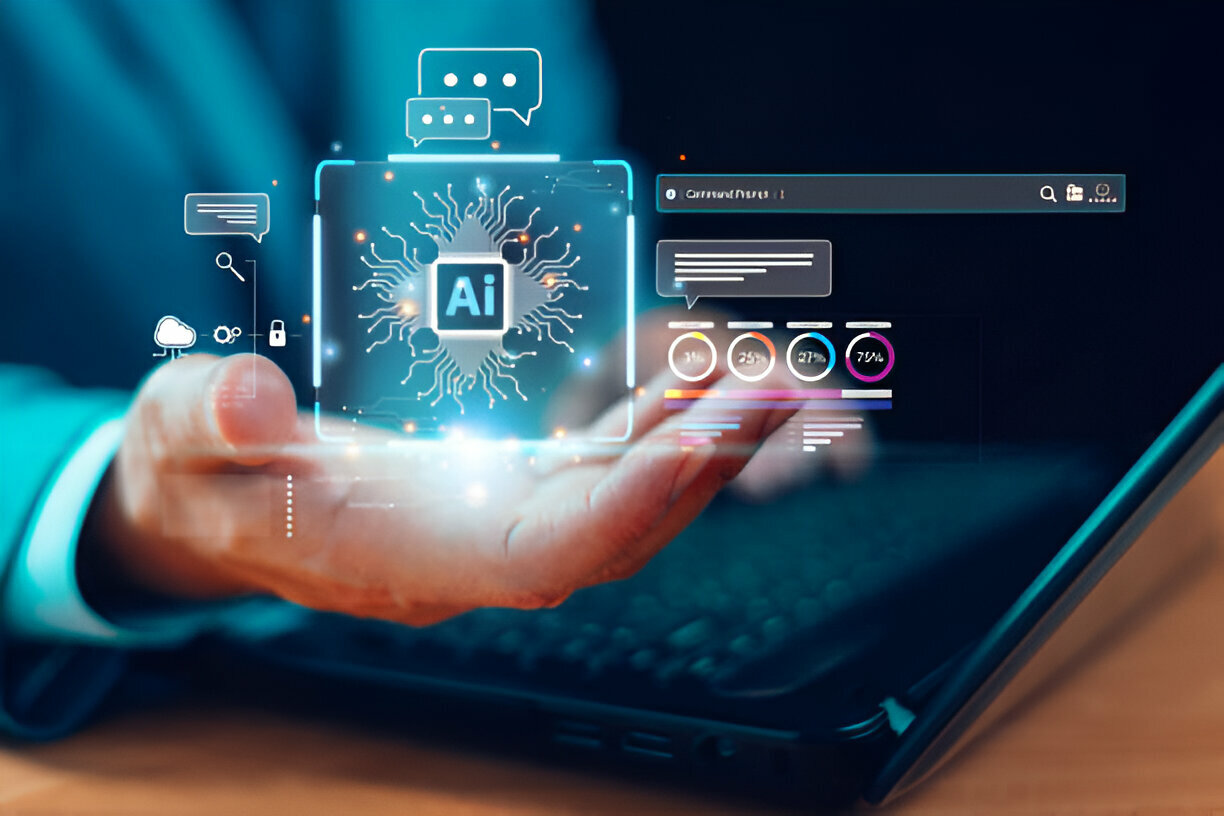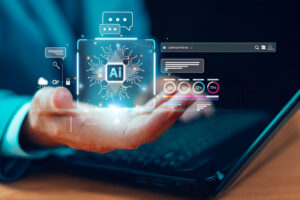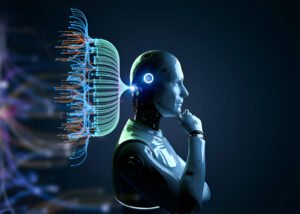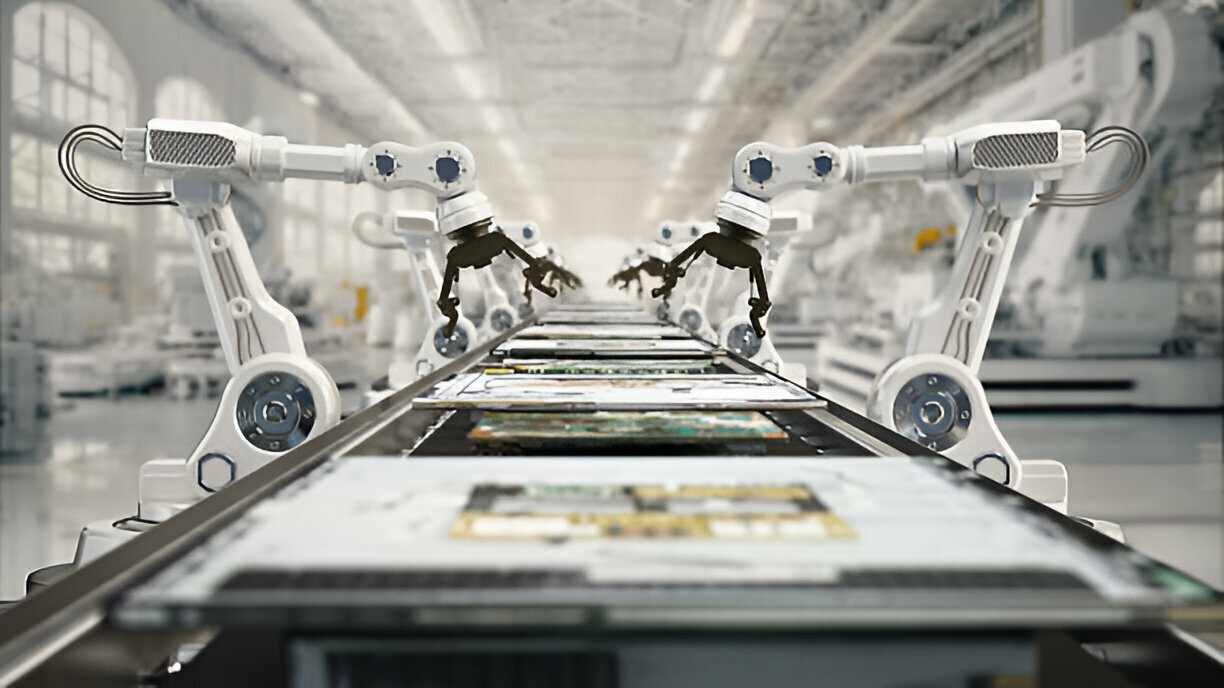
AI Industrial Automation vs Traditional Automation: Which Boosts Your Business Faster?
Introduction to Ai Industrial Automation
Industrial automation has always been about boosting efficiency, reducing errors, and maximizing production. But with the manufacturing and industrial sector is rapidly transforming as artificial intelligence (AI) takes hold. Today, businesses are debating: Is AI automation worth replacing traditional automation? Let’s break it down.
What is Traditional Industrial Automation?
Traditional industrial automation relies on pre-programmed instructions, sensors, and mechanical systems to perform repetitive tasks. It’s the backbone of manufacturing for decades.
Basic Components of Traditional Automation
- Programmable Logic Controllers (PLCs)
- Robotic Arms and Mechanical Systems
- Conveyor Belts and Actuators
- Fixed Sensors for Quality Checks
How Traditional Automation Works
Machines follow predefined instructions. For example, a robotic arm in a car factory welds the same spot every single time.
Benefits of Traditional Automation
- Consistent production rates
- Reduced labor costs
- High reliability for repetitive tasks
Limitations of Traditional Automation
- Zero flexibility in adapting to new tasks
- No learning capabilities
- Requires human intervention for problem-solving
Introduction to AI Industrial Automation
AI-powered automation takes things to the next level. Instead of just following instructions, machines can analyze data, learn patterns, and make decisions autonomously.
Core Components of AI Automation
- Machine Learning Algorithms
- Computer Vision and Image Recognition
- IoT Sensors and Data Analytics
- Autonomous Robotics and Cobots
How AI Enhances Industrial Processes
AI-enabled machines analyze real-time data, predict failures, and optimize operations without human input. Imagine a machine that predicts its own maintenance before it breaks down.
Key Advantages of AI Automation
- Adaptability to changing production needs
- Predictive maintenance reduces downtime
- Real-time quality control
- Scalability for Industry 4.0 environments
- Major Differences Between AI and Traditional Automation
Flexibility and Adaptability
- Traditional: Fixed routines, cannot adapt quickly.
- AI Automation: Learns and adjusts based on new data.
Decision-Making and Predictive Capabilities
- Traditional: Requires human decision-making.
- AI Automation: Makes data-driven decisions in real time.
Data Utilization and Analytics
- Traditional: Minimal data usage.
- AI Automation: Uses big data and analytics for smarter operations.
Scalability and Efficiency
- Traditional: Scaling requires more machines.
- AI Automation: Scales through software updates and learning models.
Use Cases of Traditional Automation
Assembly Line Manufacturing
Perfect for mass production of identical items like cars, electronics, and consumer goods.
Packaging and Material Handling
Efficient for bulk packaging and sorting, but requires human oversight for any anomalies.
Use Cases of AI Industrial Automation
1-Predictive Maintenance
AI detects machine problems before they occur, saving thousands in downtime and costs.
2-Smart Quality Control
Computer vision detects microscopic defects impossible for human eyes.
3-Autonomous Operations
Factories can run 24/7 with minimal supervision, as AI handles decision-making.
Cost Comparison and ROI
While traditional automation has lower upfront costs, AI automation offers higher long-term ROI through efficiency, reduced downtime, and predictive capabilities.
Workforce Implications
Skill Requirements
AI automation requires workers with data analytics, robotics, and AI integration skills.
Human-AI Collaboration
Rather than replacing workers, AI augments human roles, focusing on strategy and supervision.
Safety and Risk Management
AI enhances safety by predicting risks and minimizing human exposure to hazardous conditions. Traditional automation relies on static safety measures.
Future of Industrial Automation
The future is AI-driven smart factories where machines communicate, learn, and self-optimize. Businesses that embrace AI now will stay ahead of competitors in the Industry 4.0 era.
Key Takeaways
- Traditional automation is reliable but rigid.
- AI automation is adaptive, predictive, and data-driven.
- The future of manufacturing lies in AI-driven smart factories.
How Devvibe Helps in AI Automation Development
Devvibe is a leading Australian software development company specializing in AI-powered industrial automation solutions. We help businesses transform traditional manufacturing and operational processes into intelligent, data-driven systems.
Here’s how Devvibe accelerates AI automation development:
1-Custom AI Automation Solutions
- Devvibe develops customized AI-driven automation systems that integrate seamlessly with your existing operations.
- From predictive maintenance to real-time analytics, we build solutions that optimize performance and reduce downtime.
2-Integration with IoT and Smart Sensors
- We leverage IoT devices and smart sensors to gather real-time production data, enabling AI algorithms to make quick, informed decisions.
-
This allows companies to identify issues before they grow, improving performance and security.
3-AI-Driven Robotics and Machine Learning Models
- The Devvibe company specializes in machine learning models that ease the process of reprogramming robots and automation systems in response to changes in workflows.
- Our AI-powered automation can identify patterns, self-optimize, and reduce human intervention in complex tasks.
4-End-to-End Consultation and Implementation
- From initial assessment to deployment and scaling, Devvibe provides comprehensive support.
- We analyze your current automation setup, identify areas for AI integration, and ensure a smooth transition without operational disruptions.
5-Continuous Optimization and Support
- AI automation isn’t just a one-time project, it’s an evolving system.
- Devvibe offers ongoing monitoring, updates, and performance tuning to ensure your AI automation stays ahead in efficiency and productivity.
Conclusion
When comparing AI industrial automation vs traditional automation, the differences are clear. While traditional systems remain effective for simple, repetitive tasks, AI automation unlocks new possibilities for flexibility, efficiency, and cost savings. Companies that adopt AI early will lead the next wave of industrial innovation.
FAQs
Q1: Which industries benefit most from AI automation?
A: Manufacturing, automotive, pharmaceuticals, and logistics see the biggest gains.
Q2: Is traditional automation becoming obsolete?
A: Not entirely, but it’s limited to repetitive, low-complexity tasks.
Q3: What are the costs associated with AI automation?
A: Higher initial investment, but greater long-term ROI through efficiency and predictive maintenance.
Q4: Can AI and traditional automation work together?
A: Yes, hybrid solutions are common during the transition phase.
Q5: How to start transitioning from traditional to AI automation?
A: Begin with data collection, IoT integration, and pilot AI projects.



